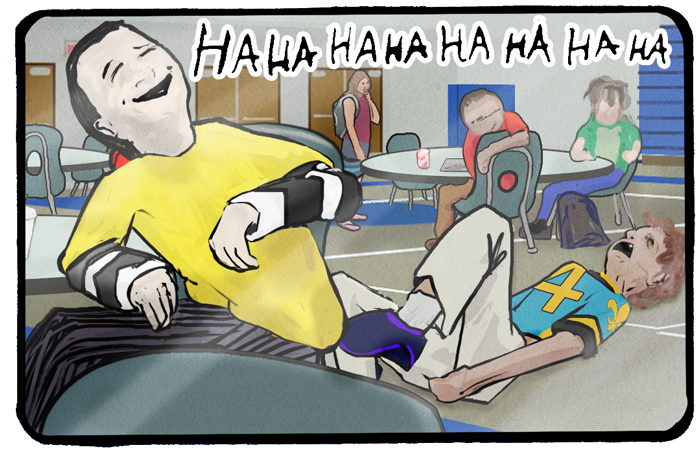After spending a solid year reading and reading and reading, I can tell you exactly what happened at Harper’s Ferry in 1859.
I just don’t know if I can fit it all in one blog post.
So it all started when John Brown met John Cook. Cook was a rough and irregular abolitionist fighter in Kansas, known for being a great shot and a loudmouth, and old John Brown was a violent fanatic with God on his side. As it happens (and it happens so rarely with violent fanatics) God really was on his side. He was the right lunatic in the right place at the right time, and I think Cook could sense that. Cook was a man who wanted to make a name for himself. Brown was a man who wanted to kill slavers.
Between the two of them, they hatched a plan. I don’t know who came up with the plan, but it was more or less a good one at the beginning. The idea was to start an actual revolution. To take a team of men, go deep into slave territory with weapons, liberate everyone they saw, and start a war. So John Cook went east to find just the right place to attack.
It is here, in my opinion, that it probably all started to go wrong. Because the first thing Cook did was fall in love.
I don’t know if he was just passing through when he met the young lady, or if he had already started to consider Harper’s Ferry, but once he met her all their fates were sealed. Because Cook was a man who would start a story with the truth and then move into what you wanted to hear, and this is exactly what he did with Brown. And, over the course of many letters, he convinced Brown that Harper’s Ferry was the perfect place to spark the rebellion.
But it wasn’t.
It’s an interesting question, whether or not Cook should have known that. Like a lot of abolitionists, he was not big on actually hanging out with black people. He knew that they wanted to be free. But he didn’t really know what freedom meant, to them.
There were a lot of things about Harper’s Ferry that made it great. It was deep in slave territory, but with a strong abolitionist presence, close to freedom in Pennsylvania. It had a federal armory stockpiled with weapons. It was close to Washington D.C.
What it did not have was a large population of slaves that were ready to revolt.
Perhaps most paradoxically, the edge of slave territory was the worst place to spark a rebellion. Slaves on the Potomac knew how little their freedom was worth. They knew for a fact that life was only a little better for them on the other side of the Mason-Dixon. The great shining ideal of freedom was perhaps the most tarnished there, where Maryland met Pennsylvania, where the hypocrisy met the flat-out lie.
But Cook didn’t know this, or didn’t tell it. Instead he sent back a never-ending stream of “all is well” letters while Brown plotted and recruited.
Two things sealed their fate: a man named Forbes and a sword that used to belong to George Washington. Neither of these things mattered a hill of beans to anyone besides Brown and Cook — Forbes even warned senators on the floor of Congress of Brown’s plans, all without the slightest effect — but they represented two temptations that the men could not resist.
to be continued…
